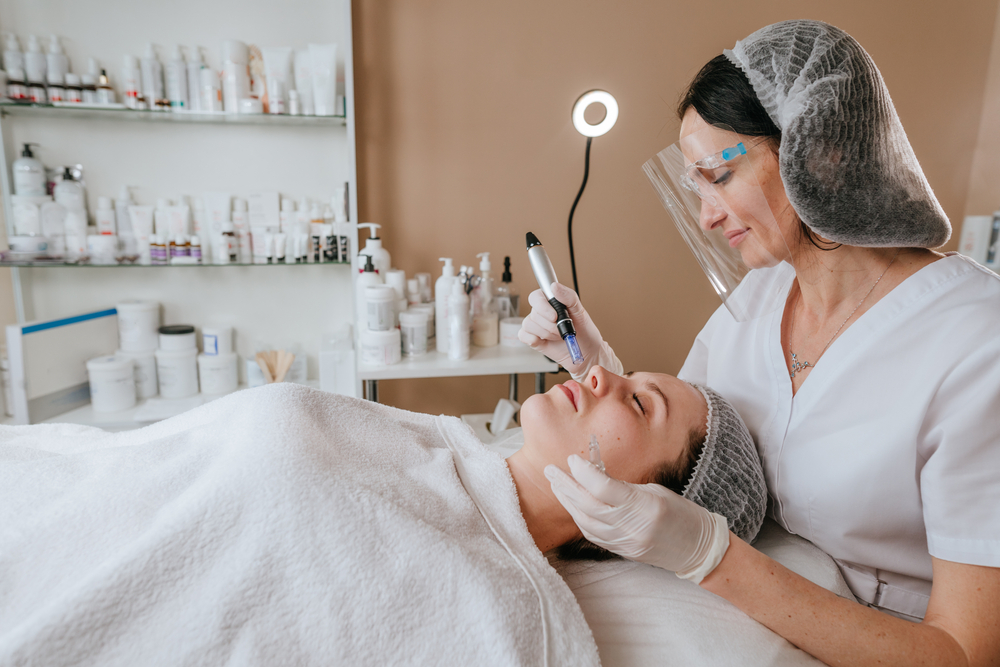When most people think of an esthetician school graduate, they think of someone who works at a conventional spa and provides services like facials, waxing, and body treatments. However, there is another type of esthetician that provides medical-grade skin care services to patients in a doctor’s office or medical spa.
If you’re interested in a career in the medical esthetics field, it’s important to understand the difference between working with patients versus clients to provide the best possible care.
Patient vs Client
A patient is a person who is under the care of a physician for a specific medical condition. Clients are generally healthy individuals who come in for cosmetic reasons such as wrinkles, sun damage, or acne scarring. A client may also be under the care of a physician, but this is not always the case.
Both types of estheticians must have a thorough understanding of the skin and its function in order to provide safe and effective treatments for their clients or patients. You also need to be able to recognize various skin conditions and know when to refer your patients to a dermatologist or other medical professional.
As a medical esthetician, you’ll work closely with licensed medical professionals to help treat patients with skin conditions. You will be responsible for providing treatments that are safe and effective. You will also need to educate your clients on how to care for their skin.
While much of your time will be spent working with patients, you may also have some clients in your practice. As with any esthetic treatment, it’s important to assess both a patient’s and a client’s skin type and health history before performing any procedures.
The Services You’ll Provide
Medical estheticians typically provide much more than just facials and waxing services. In addition to traditional facial treatments, you may also perform microdermabrasion, photofacials, laser hair removal, and chemical peels under the supervision of a licensed physician.
Also, you’ll play a key role in educating your patients about proper skin care. This may include providing them with information about sunscreen use, diet and nutrition for healthy skin, and at-home skincare routines. In some cases, you may also teach them how to properly apply makeup to camouflage skin conditions such as vitiligo or rosacea.
It is important to remember that you are not a physician. You cannot diagnose or treat medical conditions. You can only provide treatments that are approved by a physician.
A career in medical esthetics can be extremely rewarding because you’re helping people achieve healthier, more youthful-looking skin. If you’re interested in this field, it’s important to understand the difference between working with patients and clients. Medical estheticians must thoroughly understand the skin and its function to provide safe and effective treatments for their patients. They also need regular continuing education to keep up with the latest trends in medical esthetics.
If you’re interested in esthetician school and live in the Sandy or Orem, Utah areas, contact Skin Science Institute to get started on your new career path.




